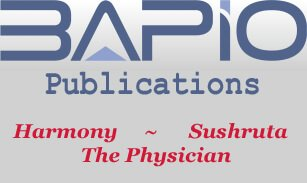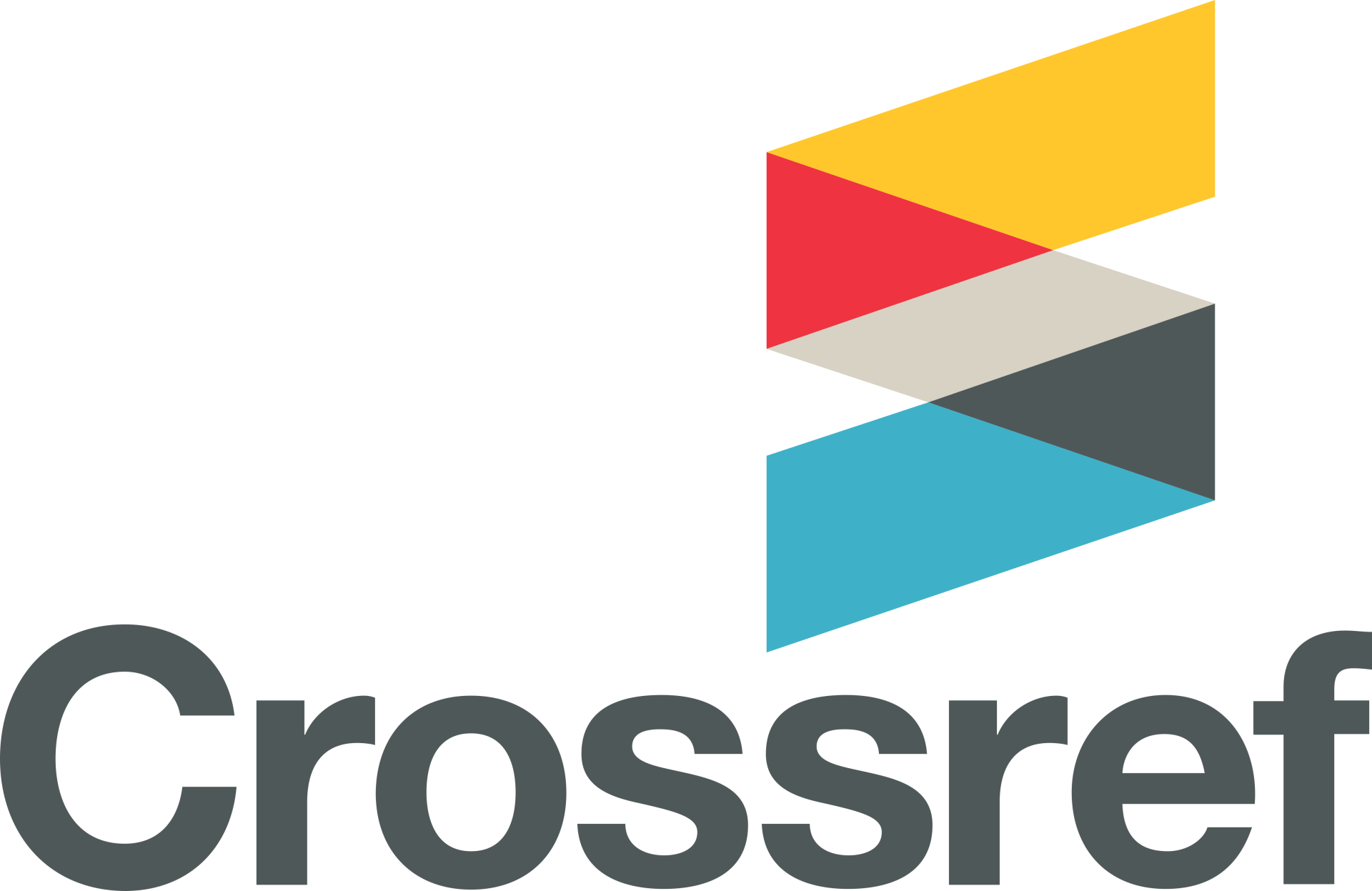Letters to the Editor
Response to Second surge, B.1.1.7 variant and UK policy on COVID-19
Schools, Vaccination and Tiered lockdown
Joydeep Grover1, Neeraj Bhala 2 & Subarna Chakravorty 2
1 Southmead Hospital, Bristol, UK; 2 BAPIO Institute for Health Research, Bedford, UK
Subarna.chakravorty@nhs.net
Cite as: Grover, J., Bhala, N. & Chakravorty, S. (2021) Letter – Response to second surge, B.1.1.7 variant and UK policy for COVID-19. The Physician
vol 6; Issue 3: 1-3 ePub 4.1.2021 DOI: https://doi.org/10.38192/1.6.3.14
Dear Editors,
The current winter pressures on the UK health service and the steep rise in Covid-19 cases seen in the Greater London area and with rapid increases in most other parts of the UK likely to be resulting from the emergence of B.1.1.7 variant of SARS-CoV-2 [1] has presented a major challenge for the government and public health authorities. Although the arrival of the Pfizer BioNTech and Oxford-AstraZeneca vaccine have offered some festive cheer, infrastructure (an unreliable track and trace system as one example) and national strategy issues (last-minute policy reversals, misinformation / miscommunication) are undermining the gargantuan efforts of the health and scientific community and frankly require a national, open debate. The decision on who to prioritise for the vaccine, how it must be administered and whether to extend/escalate tiered lockdown measures and reopen schools/universities are amongst the most controversial dilemmas that we face.
A great deal of confusion has arisen from the UK government’s decision to increase the population uptake of the Pfizer BioNTech mRNA vaccine by increasing the booster interval from 3 to 12 weeks, despite approving a shorter interval at the beginning of the vaccine rollout in early December 2020. It is presumed that the decision would have been informed by the emergence of the B.1.1.7 variant strain that appears to be at least 50% more transmissible than previous genetic versions of the virus [2]. This significantly higher transmissibility of the virus risks overwhelming existing health services and consequently is likely to cause much more fatality.
Several issues are likely to occur as a fallout of this decision. The impact of making policy decisions without explanation or consultation damages public and healthcare worker perception, and disruption caused by cancelling and rebooking appointments all jeopardise public confidence. It is vital to maintain public confidence in the science as that is crucial for increased uptake of the vaccine - which is the fundamental step in halting this pandemic and working towards the ultimate aim of containing the virus and allowing society and economy to resume normality.
Additionally, questions about promises, consent and legality of this change are moot - including potential litigation liability for doctors administering the vaccine at an interval that has been publicly refuted by the manufacturers and which is not based on published safety or effectiveness data. There is no doubt this aspect is causing significant unease in both public and healthcare fora. It can therefore be argued that as a minimum everyone who agreed to have the vaccine expecting the booster in 3- or 4-weeks’ time, should have one provided as planned and that a different consent is sought for the group to whom the newer protocol is being offered, with clear explanation of the process, risks and the justification for going outside of the scientific data and recommendations.
Clear messaging from the authorities is urgently needed, which would allay public anxieties about the likelihood of reduced efficacy of an mRNA vaccine booster being given at a longer interval. Therefore, studies should be instituted immediately to enquire vaccine efficacy after a single dose to form a scientific basis for this recommendation, and to revaluate strategy based on data. This would reinforce reliance on science while being honest with the public and maintaining their confidence. Current evidence suggests that about 90% efficacy is achieved 14 days after the first vaccine dose, for at least another 21 days. This message should be communicated widely, and without delay [3].
There is no doubt that the second wave of the pandemic has hit the UK hard. With the R number stuck firmly above 1, we now have more patients in hospitals than in the first wave, and hospitals in many regions having already exceeded capacity or are close to doing so. This is compounded by increased staff sickness/self-isolation, leaving rotas stretched and inability to staff the various Nightingale units. Owing to the increased transmissibility of the virus, prioritising the vaccine rollout to healthcare workers should therefore be combined with the use of enhanced PPE in hospitals to protect staff and reduce staff illness. This must be more than a surgical mask and plastic apron in areas where staff would normally not be using FFP3 (or equivalent) protection as, for example, patients aerosolise the virus while coughing. When the hospitals are so stretched, it is important to protect staff - both for their own safety but also to allow service delivery to continue. The UK already has the dubious record for unacceptably high healthcare worker mortality from the first wave, and the impact this has on staff morale and patient care cannot be overstated.
Vaccination is key but, until widely rolled out, just one component of the strategy required to outwit the pandemic. The importance of keeping staff safe and deployable, of keeping the public engaged while they go through tremendous social and economic disruption and taking measures to minimise the non-Covid health and non-health impacts on the society are vital. None of these can be achieved without tight control and elimination strategy for the pandemic.
It follows that the decision to forge ahead with opening schools during this escalating crisis poses a significant problem of inevitably worsening transmission rates and significantly denting the prospects for achieving control of the second wave. The context is vastly different to the summer – when the community burden and spread of the virus was minimal, there was capacity in the NHS and there was no immediate prospect of a vaccine. In current circumstances when the NHS is stretched to the absolute maximum even a small additive burden can have lasting consequences. In addition to vulnerable children, there are risks to teachers, parents and older family members who either are in co-habitation, family bubbles or contribute to childcare so that key workers can keep the society running. As we know from previous data, the effects on the BAME communities are compounded and they may once more have to bear a disproportionate brunt of these decisions.
The credibility of the UK to be a global leader in this fight depends very much on how the UK Government develops and communicates its policy and thus it is imperative that not only does the government sends clear messaging of its public health strategy but also base it on good science, both now and for the future.
We recommend that:
• Those who have already been given the Pfizer BioNTech vaccine should remain on the protocol they were consented to and agreed for
• Based on the MHRA revised guidance a newer informed consent should be sought from further recipients of the Pfizer BioNTech vaccine if they are to be offered the vaccine on the schedule which is not supported by the manufacturer and the one that was initially given approval for
• Studies should commence immediately to enquire vaccine efficacy after a single dose to inform scientifically based recommendations on timing of booster dose(s)
• In addition to prioritising vaccination for this key group, enhanced PPE must be offered to all HCWs working in undifferentiated areas to reduce staff sickness and protect them from the highly transmissible B.1.1.7 strain of SARS-CoV-2
• Wider decisions on reopening society should be taken carefully, considering the current pressures on hospitals, Covid-19 burden in the society and the very real risk of overwhelming the NHS.
References
1. COVID19 Genomics UK Consortium. COG-UK update on SARS-CoV-2 Spike mutations of special interest. 2020; Available from: https://www.cogconsortium.uk/wp-content/uploads/2020/12/Report-1_COG-UK_20-December-2020_SARS-CoV-2-Mutations_final_updated2.pdf.
2. Erik Volz, S.M., Meera Chand , Jeffrey C. Barrett , Robert Johnson, Lily Geidelberg, Wes R Hinsley , Daniel J Laydon , Gavin Dabrera , Áine O’Toole , Roberto Amato, Manon Ragonnet-Cronin , Ian Harrison , Ben Jackson , Neil M Ferguson, Transmission of SARS-CoV-2 Lineage B.1.1.7 in England: Insights from linking epidemiological and genetic data. 2020, Imperial College London. HTML
3. Polack, F.P., et al., Safety and Efficacy of the BNT162b2 mRNA Covid-19 Vaccine. N Engl J Med, 2020. HTML



